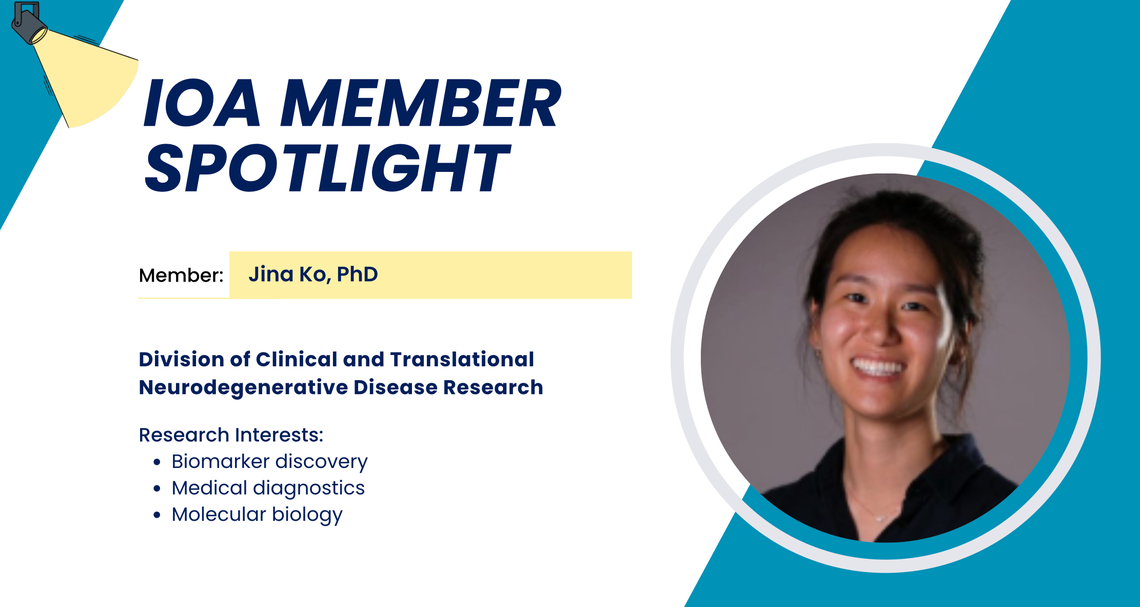
Jina Ko, PhD
Assistant Professor of Bioengineering, University of Pennsylvania School of Engineering and Applied Science
Assistant Professor of Clinical Pathology and Laboratory Medicine. Perelman School of Medicine at the University of Pennsylvania
Dr. Jina Ko is an Assistant Professor at the University of Pennsylvania, holding joint appointments in the Departments of Pathology and Laboratory Medicine at the Perelman School of Medicine and Bioengineering at the School of Engineering and Applied Science.
Her research focuses on developing next-generation diagnostic tools through the integration of bioengineering, molecular biology, and chemistry. Dr. Ko's lab specializes in droplet microfluidics, single extracellular vesicle analysis, and biomarker discovery, aiming to improve early detection and treatment of diseases such as cancer and neurological disorders.
A Q&A with Dr. Jina Ko
Q: What initially sparked your interest in this area of study?
A: "To offer the best possible treatment and outcomes, accurate diagnosis is essential. I see diagnostics as a powerful bridge between patients and effective therapies, enabling more personalized and timely medical decisions."
Q. How does your work relate or contribute to our broader understanding of the aging process or neurodegenerative diseases?
A: "We develop diagnostic tools to enable the early detection of neurodegenerative diseases and to better understand the transition from a healthy to a diseased state. These tools not only support timely diagnosis at the earliest stages but also serve as platforms to study disease progression and uncover underlying mechanisms, ultimately aiding in the development of effective therapeutics."
Q: What has been the most challenging part of your research process so far?
A: "One of the biggest challenges has been identifying subtle disease signatures within heterogeneous populations. To address this, we aim to discover multiple biomarkers that, when combined, can form a robust molecular signature to help resolve the underlying heterogeneity."
Q: Has your research led to any new questions or areas for further exploration?
A: "In addition to early detection of disease signatures, further exploration involves longitudinal monitoring to pinpoint the transition from healthy to diseased states."
Q: What’s next for you in terms of future projects or research directions?
A: "I would like to pursue spatiotemporal profiling of disease markers and early diagnosis of mental disorders such as depression and schizophrenia."
Recent Achievements
- Dr. Ko recently received the 2025 National Science Foundation (NSF) CAREER Award for her work in molecular diagnostics of brain-related diseases.
Recent Publications

